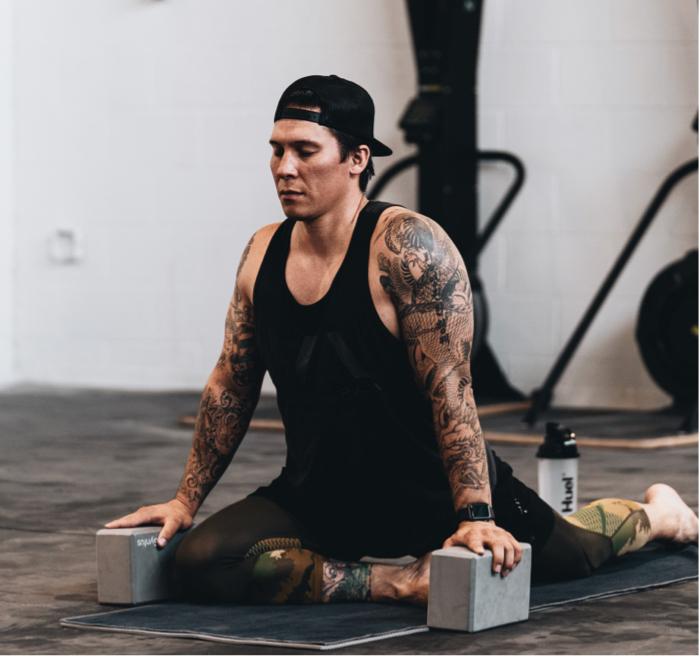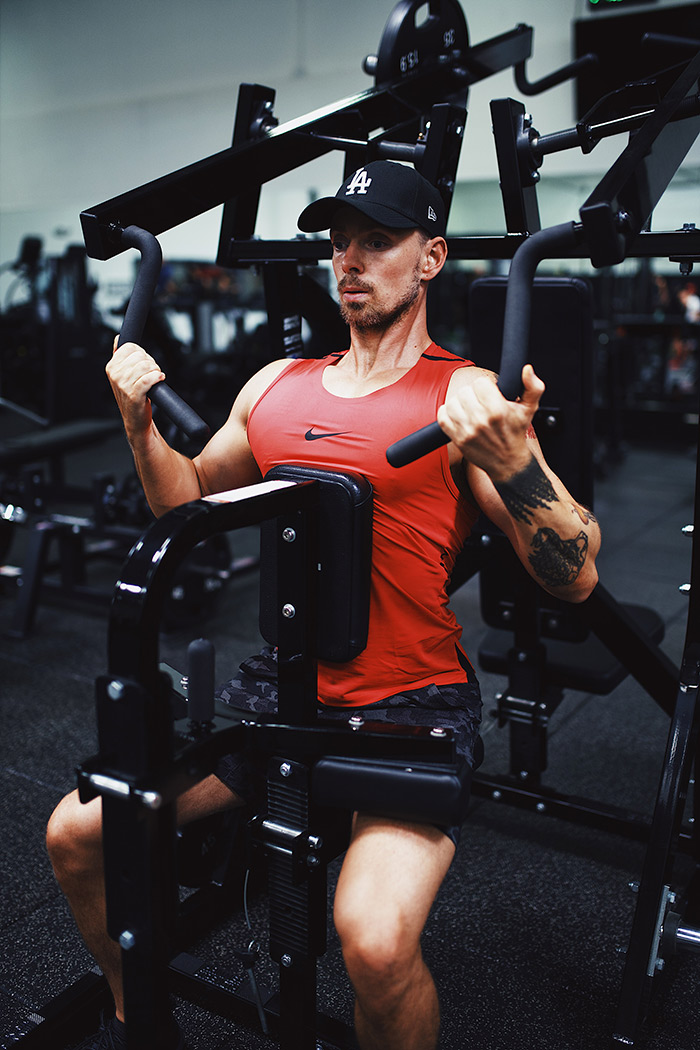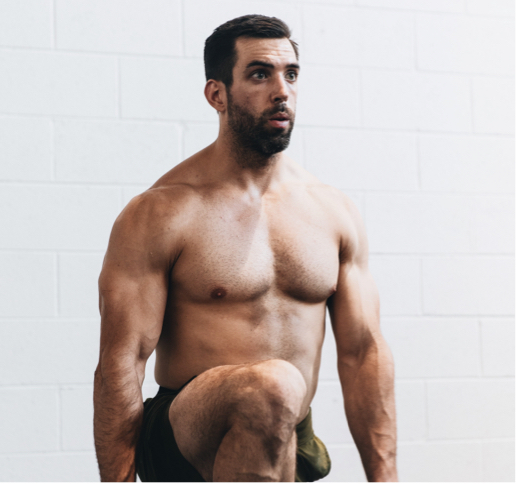Muscle cramps during running and other exercise are an all too common problem for athletes of all levels. While the cause of cramp is not always clear, the effects can be quite painful. Fortunately, there are a few strategies that athletes can employ to reduce the risk of muscle cramps and improve performance.
What are Muscle Cramps?
A muscle cramp is a sudden, usually painful, involuntary contraction of a muscle or group of muscles that can last anywhere from a few seconds to several minutes. It is often caused by an imbalance of electrolytes, dehydration, overexertion, or a combination of these factors. Muscle cramps can range from mild to severe and can even be debilitating.
Symptoms of Muscle Cramps
The most common symptom of a muscle cramp is a sharp, sudden pain in the muscle. This pain can last anywhere from a few seconds to several minutes, and can be accompanied by tightness, spasms, and even swelling in the affected area.
Minerals and Electrolytes
Minerals and electrolytes play a key role in maintaining muscle health and performance. Sodium, potassium, and calcium are just a few of the essential minerals and electrolytes that your body needs to continue functioning properly. When your electrolyte levels are low, your muscles are more prone to cramping. Common electrolytes that are important for avoiding cramp include sodium, potassium, magnesium, and calcium.
Risk Factors for Muscle Cramps
There are several risk factors for developing muscle cramps. These include excessive sweating, dehydration, inadequate electrolyte intake, overexertion, and poor conditioning. Additionally, certain medications, such as diuretics, can also cause an imbalance of electrolytes and contribute to cramping.
Prevention Strategies
There are several strategies that you can use to help prevent muscle cramps. These include drinking plenty of fluids, eating a balanced diet, and avoiding overexertion. Additionally, it is important to make sure that you are getting enough electrolytes in your diet, as these are essential for maintaining healthy muscles.
Treatment Options for Muscle Spasms and Cramps
The best treatment for muscle cramps is to stop your activity and rest the affected muscle. You can also use contrast therapies to help reduce inflammation and provide relief from the pain. Additionally, it is a good idea to stretch the muscle to help reduce the spasm. If cramps are recurring, it is important to see a doctor to determine the cause.
Tips for Athletes
If you continue to experience muscle cramps during exercise, there are several tips that you can use to help prevent them. First and foremost, it is important to ensure proper hydration prior to and during a run. When running, the body loses fluid through sweat and respiration, and not replacing these fluids can lead to muscle cramps. Consuming electrolytes prior to, during, and after a run helps to replace the fluids and electrolytes lost through sweat and respiration.
Additionally, it is important to perform warm up and cooldown exercises, as this can help reduce the chances of cramping. Dynamic stretches are best for runners, as these help to increase blood flow to the muscles and reduce the risk of cramps. Examples of dynamic stretches that are beneficial for runners include arm swings, butt kicks, and high knees.
In conclusion, muscle cramps during exercise can be an uncomfortable and painful experience. To help prevent them, it is important to ensure that you are staying hydrated and consuming enough electrolytes. Make sure to warm up and cool down properly. If cramps are recurring, it is important to see a doctor to find out the underlying cause.





